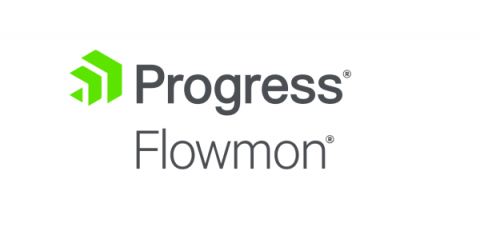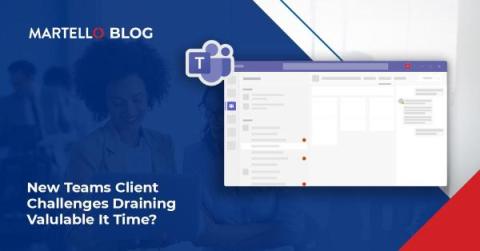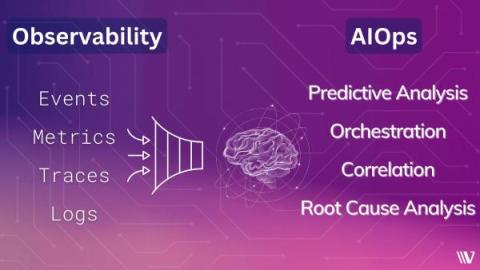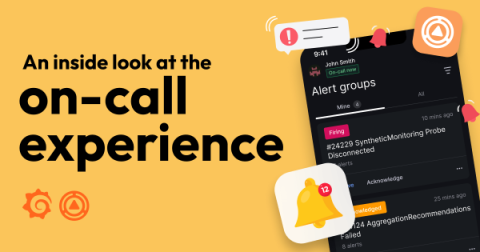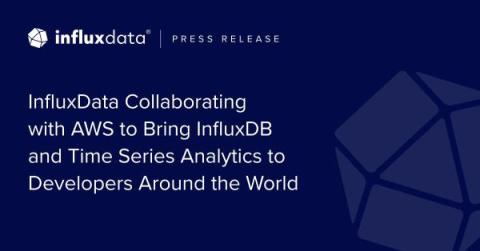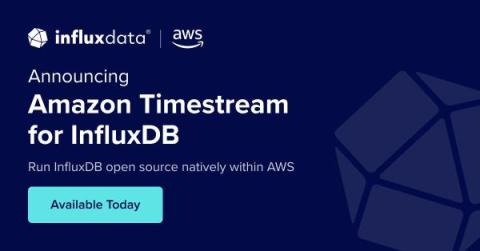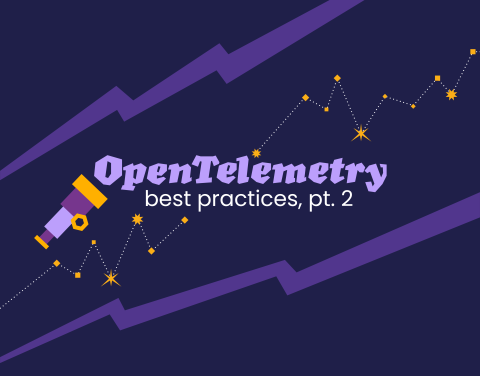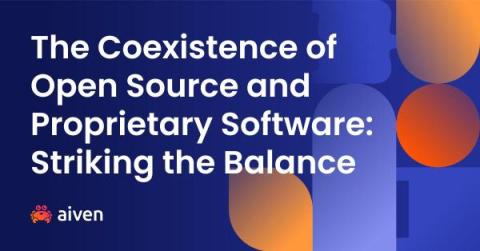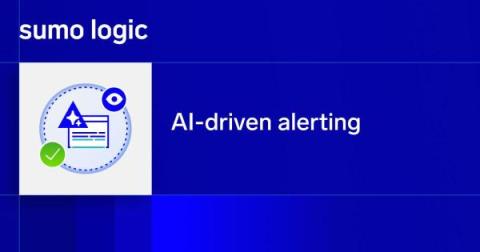4 Reasons Why Your Business Needs Network Detection and Response Solutions
Endpoint protection has long been fundamental to cybersecurity. But in today’s evolving and expanding digital landscape, with endpoints spanning a wide variety of devices, is traditional endpoint security enough? The ongoing frequency of successful cyberattacks suggests not. Cloud proliferation, remote work and expanding system access add to the challenge. Can you truly trust users to keep their devices secure amidst this shifting landscape?


